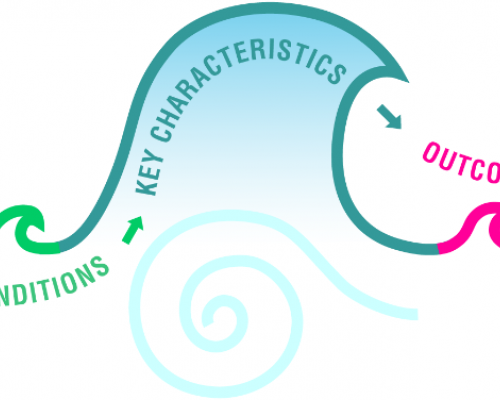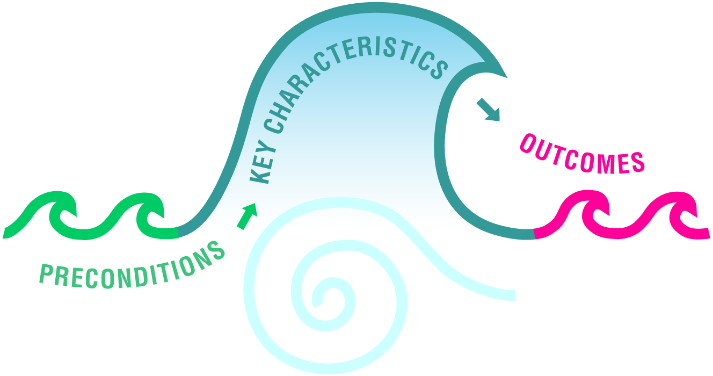
By: Katherine Wallace, RN MHS BHSc (Midwifery), B.ScN, Senior manager, implementation science team
RNAO is excited to announce the upcoming release of the revised third edition of its implementation resource, the Leading Change Toolkit™ on Oct. 5, 2021. The toolkit is co-sponsored by the Canadian Patient Safety Institute, now part of a new national organization known as Healthcare Excellence Canada (HEC). It is supported by a national and international expert panel of interprofessional health-care providers. Key panel members are patients/persons and families with lived experience. Other panelists have expertise in areas including knowledge transfer, social movement thinking, quality improvement and implementation science.
The Leading Change Toolkit is an interactive and modern online resource supported across multiple devices (phone, tablet, desktop). It will support clinical excellence through the implementation of RNAO’s best practice guidelines (BPG) and other knowledge tools. Two complementary frameworks to support evidence-based practice will be featured: the Social Movement Action (SMA) and the Knowledge-to-Action (KTA). While each framework can be used independently, their power and reach are most effective when combined as they both support and accelerate the uptake and sustainability of BPGs.
The KTA Framework (Graham et al., 2006) is the foundation of RNAO’s second edition toolkit. It is used widely to guide the planning, implementation, monitoring, evaluation and sustainability of BPGs. The framework describes a structured process model approach to change. An updated review of the literature on the framework is included in the third edition of the toolkit.
The SMA Framework was developed by RNAO in 2020 with the support of the toolkit’s expert panel and HEC. A concept analysis was done which reviewed case studies and other examples of social movements in the literature in the context of evidence uptake and sustainability. To understand the concept, a review of all available literature in areas including health and social sciences was completed.
As a part of the concept analysis, a definition of social movement in the context of uptake and sustainability of evidence was developed as follows: Individuals, groups and/or organizations that, as voluntary and intrinsically motivated change agents, mobilize around a common cause to improve health outcomes through knowledge uptake and sustainability.
In addition, 16 elements of the concept were identified and categorized as pre-conditions (or necessary antecedents), key characteristics (or defining attributes) and outcomes (or consequences) as highlighted below.
Getting started – the preconditions
The preconditions include that there is a recognized and timely need for a social movement or a people-led change. Individuals know how powerful social movements can be to address a shared concern and achieve change.
Core characteristics – what is needed to have a social movement?
The key attributes include a readiness to take action for a shared concern by people who care about the issue, such as a director of care, residents and staff. They commit to work together for the shared concern as a reflection of what matters to them, such as values of dignity and respect. By being a part of the change, individuals emerge as knowledgeable leaders who take action either on their own or as part of a group (or collective) for change. These experiences cause individuals to develop close ties and a sense of being unified as a group. It leads them to develop a shared or collective identity that acts as a powerful force keeping them united and committed to the change and achieving goals together.
What outcomes can a social movement achieve?
The outcomes of a social movement in this context include reaching goals, either fully or partially. People who are actively involved learn more about applying social movement thinking and approaches and become skilled change leaders.
The Social Movement Action Framework is depicted in the graphic below. It includes the three categories described above and is shown as waves of energy, response and action reflecting the evolution of a social movement and its impact.
The Social Movement Action Framework (RNAO, 2020)

The toolkit will be available in English, with French and Spanish translations to follow. Updates to the online resource will be added as new knowledge emerges. End-users will be able to share stories and real experiences using the resource. To support awareness-raising of the Leading Change Toolkit, click here to register for the national webinar launch on Tuesday, Oct. 5 from 12:00-1:30pm ET.
